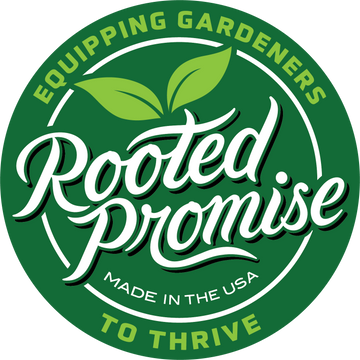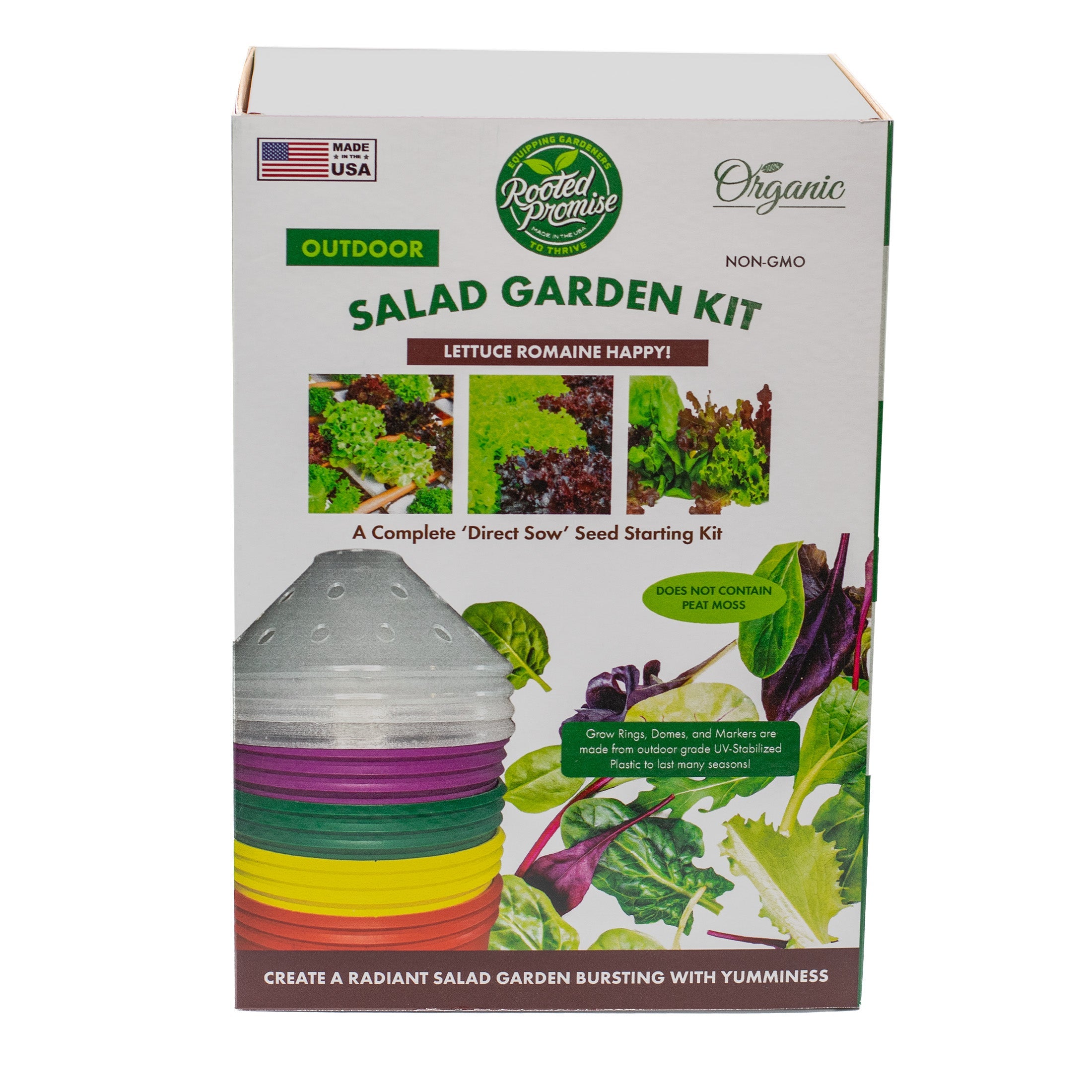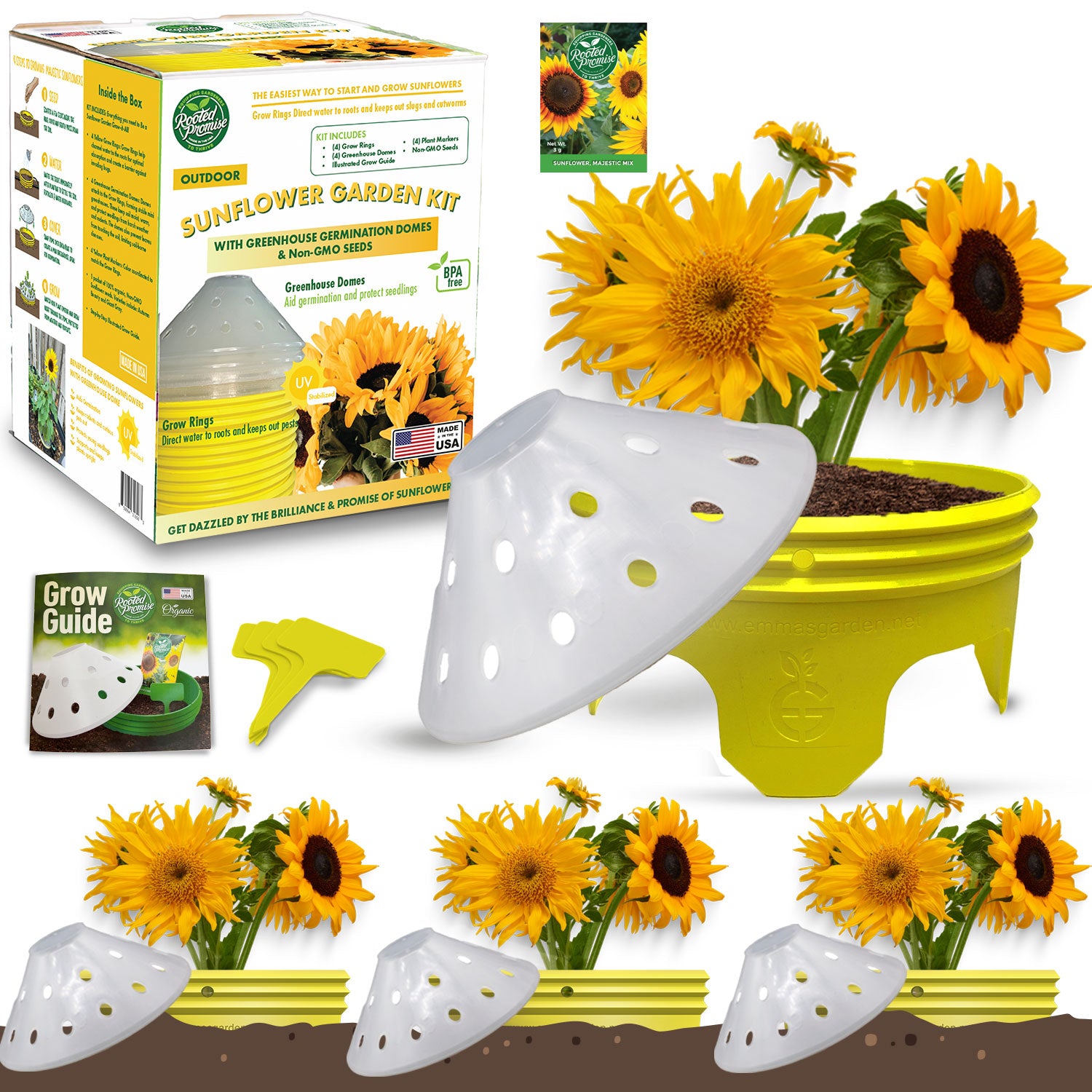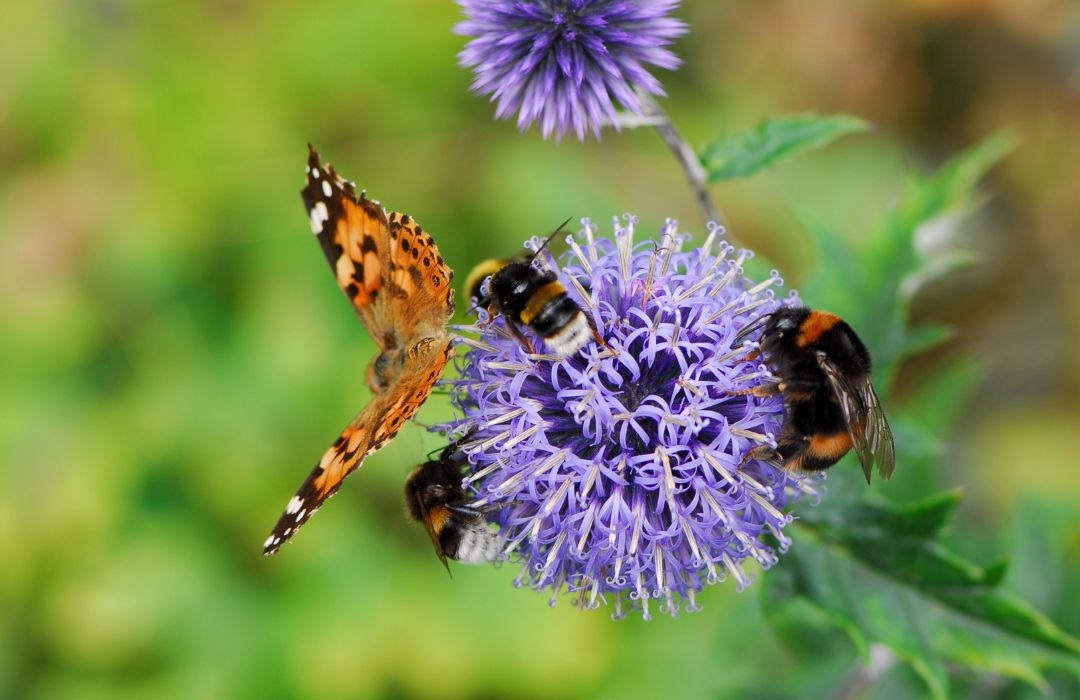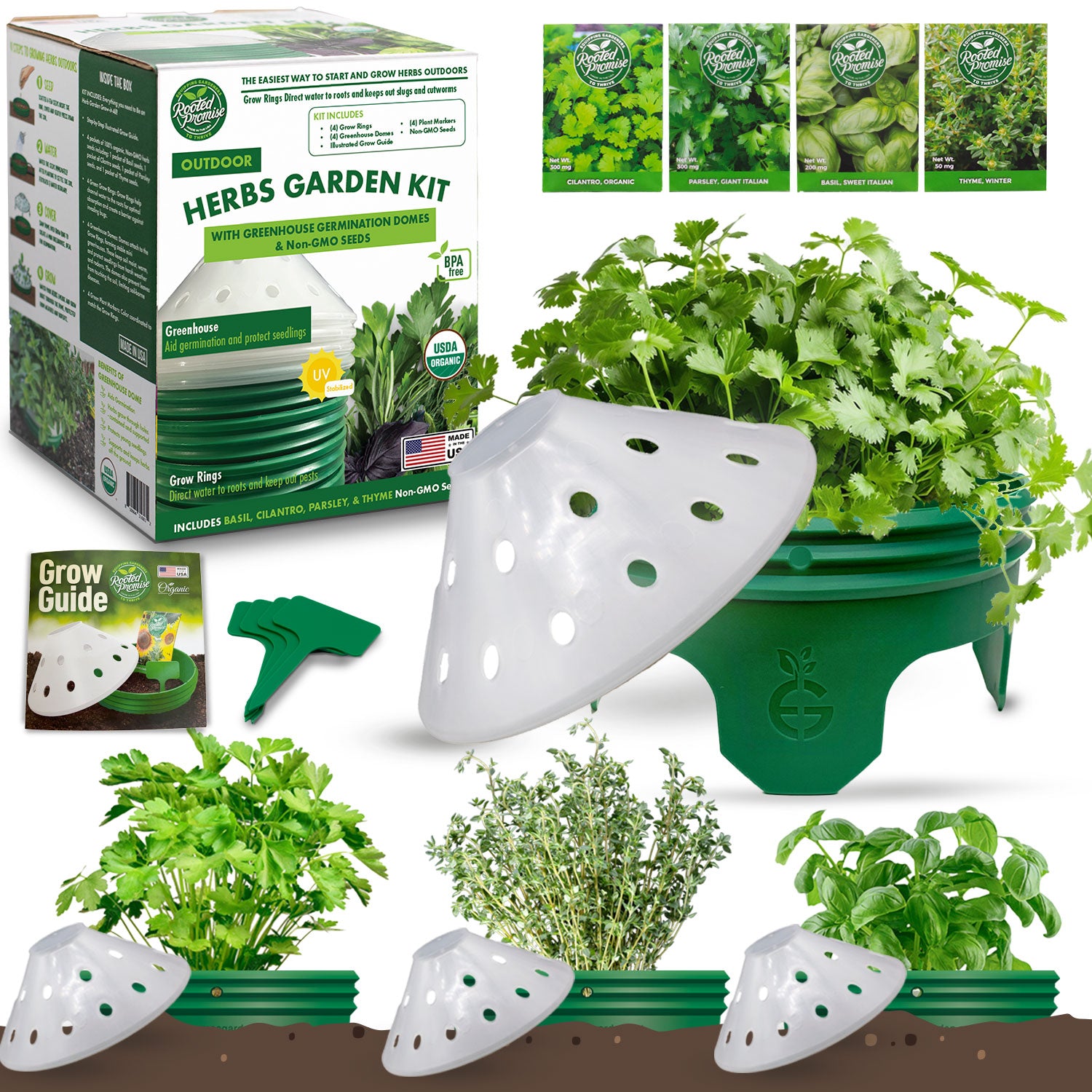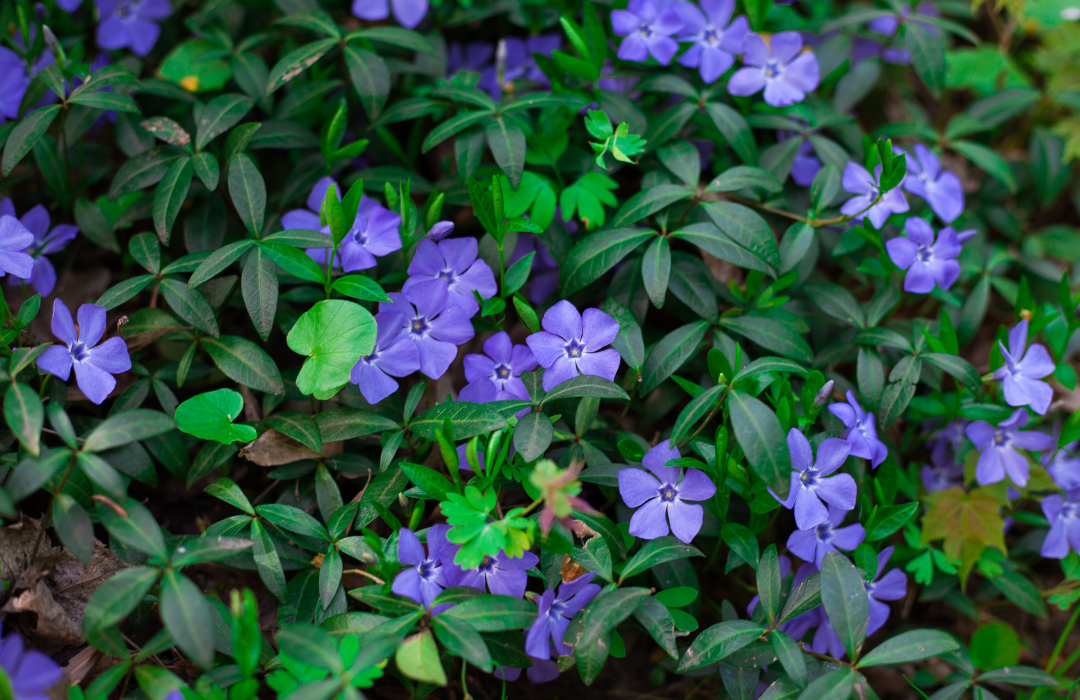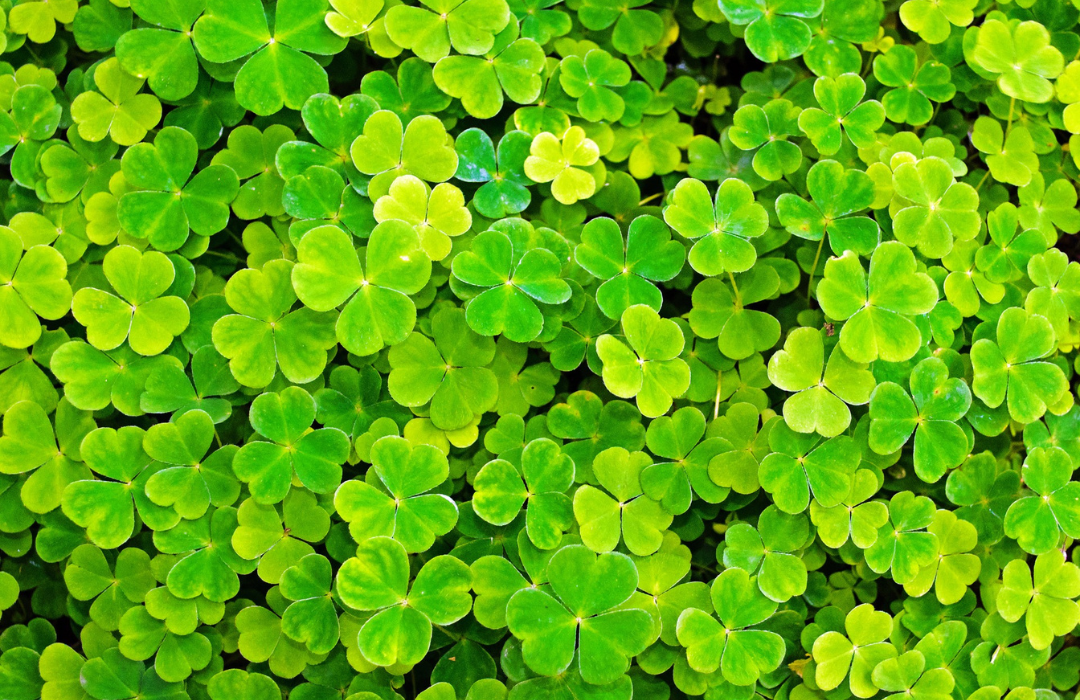
Table of Contents:
- Introduction
- The Importance of Pollinators
- The Critical Role of Pollinators
- Why Pollinators Are Essential
- Benefits of a Pollinator Garden
- How to Create Your Own Pollinator Paradise
- Choosing the Right Location
- Soil Preparation
- Selecting Plants for Pollinators
- Native Plants
- Herb gardens
- Variety and Continuity
- Color and Shape
- Planting Strategy
- Importance of Cluster Planting
- Diversifying Plant Heights and Structures
- Chemical Free Gardening
- Avoiding Pesticides and Herbicides
- Providing Shelter and Water
- Creating Shelters for Pollinators
- Setting Up Water Features
- Conclusion
- Further Resources
1. Introduction
Imagine stepping into your garden to find it buzzing with life - bees darting from flower to flower, butterflies gliding gracefully in the air, and birds chirping in the background.
This isn't just a scene from a nature documentary; it's a snapshot of what your own backyard could look like with a pollinator garden. But why should you consider dedicating part of your outdoor space to these tiny, yet immensely important creatures? Let's delve into the world of pollinator gardens, uncover their hidden benefits, and discover how they can transform not just your garden but our planet too.

2. The Critical Role of Pollinators
Pollinators are the unsung heroes of our ecosystem. They play a critical role in the reproduction of over 85% of the world's flowering plants, including more than two-thirds of the world's crop species. Without them, our menus would look remarkably barren, and ecosystems would struggle to survive.
Yet, these tiny workers are facing numerous threats, from habitat loss to pesticide use. By planting a pollinator garden, you're giving these creatures a much-needed refuge and contributing to the health of our planet. Common garden pollinators include:
- Bees: Both solitary bees and social bees like bumblebees are prolific pollinators. They are particularly attracted to flowers with open or tubular shapes.
- Butterflies: Known for their preference for brightly colored, fragrant flowers. Their caterpillars require specific host plants, often distinct from their nectar sources.
- Hummingbirds: Attracted to bright, tubular flowers that are typically red and provide a rich source of nectar.
- Bats: In tropical and desert climates, bats are important pollinators of night-blooming flowers.
- Moths, Beetles, and Other Insects: These often-overlooked pollinators are attracted to plants with strong odors and accessible nectar.

3. Benefits of a Pollinator Garden
A pollinator garden offers more than just a sanctuary for bees, butterflies, and other pollinators. Here are some benefits:
- Biodiversity: A diverse selection of plants attracts a variety of pollinators, enhancing the ecological balance in your garden.
- Beauty: Pollinator-friendly plants are not only beneficial but beautiful. Your garden will be a riot of colors, textures, and scents.
- Eco-Friendly: By choosing native plants that require less water and no pesticides, you're making an environmentally conscious choice.
- Educational Value: A pollinator garden is a living classroom, offering endless opportunities to learn about nature and conservation.
4. How to Create Your Own Pollinator Paradise
Starting a pollinator garden is easier than you might think. Here are some tips to help you create a vibrant and thriving haven for pollinators:
- Choosing the Right Location: Select a location that receives at least six hours of direct sunlight daily, as most flowering plants that attract pollinators require sun to thrive. Additionally, consider shelter from wind and excessive heat, both of which can inhibit pollinator activity. A sunny, sheltered spot creates an inviting environment for pollinators.
- Soil Preparation: Healthy soil is foundational for growing vibrant, nectar-rich plants. Enhance your garden's soil by incorporating organic matter like compost, which improves drainage and nutrient content, encouraging robust plant growth. Healthy plants are more likely to produce the flowers that attract pollinators.
5. Selecting Plants for Pollinators:
6. Planting Strategy:
Cluster planting of the same species can create a visual "target" for pollinators, making it easier for them to find the plants. Furthermore, diversifying plant heights and structures by mixing ground covers, shrubs, and trees attracts different types of pollinators and provides them with nesting spots and protection from predators.
7. Chemical Free Gardening
To maintain a pollinator-friendly garden, avoid pesticides and herbicides, which can be toxic to pollinators. Instead, opt for natural pest control methods, such as encouraging beneficial insects that prey on pests or using barriers to protect plants.
8. Providing Shelter and Water
Shelters: Pollinators also need safe places to nest and rest. For bees, installing bee hotels offers nesting tubes for solitary species. For butterflies, leaving some areas undisturbed with leaf litter or logs can provide essential overwintering sites or you can build a shelter with scrap wood.

Water Sources: A shallow water feature with perches, such as a birdbath with stones, allows pollinators to drink safely. Ensure the water is clean and replenish it regularly to prevent mosquito breeding.
9. Conclusion
In the tapestry of life, every thread counts, and pollinators are some of the most vibrant threads of all. By planting a pollinator garden, you're weaving a richer, more diverse ecosystem right in your backyard. It's an act of beauty, sustainability, and defiance against the decline of these essential creatures. So why plant a pollinator garden? Because our world deserves to flourish - and so does your outdoor space.
10. Further Resources
For more information on pollinator conservation, visit Xerces Society for Invertebrate Conservation.
Interested in creating your own pollinator garden? Below are some of Rooted Promise’s products to help support our VIPs (Very Important Pollinators).
